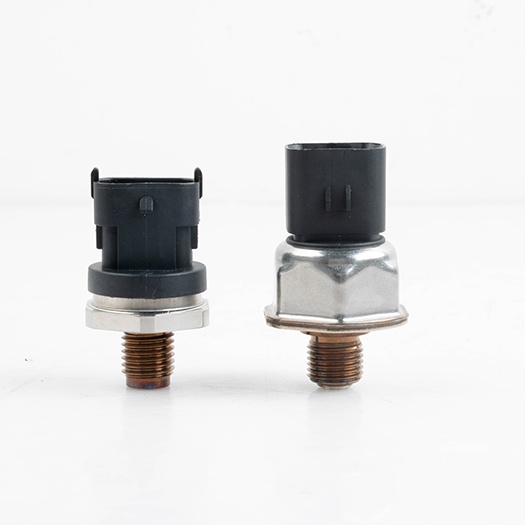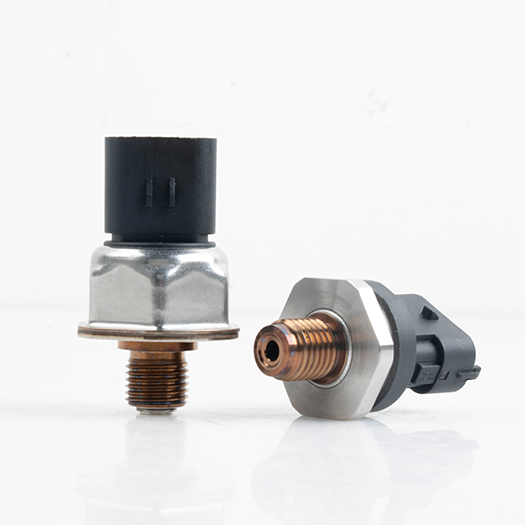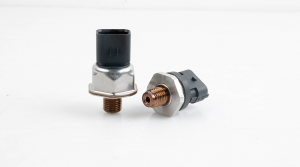



The common rail fuel pressure sensor is a necessary part of a common rail pipe. Asmik high-pressure common rail pressure sensors, a wide range of products, complete specifications, short delivery time! All kinds of sensors to meet your design and procurement needs.
The common rail pressure sensor is installed on the common rail pipe, and its function is to measure the actual pressure signal in the common rail pipe in real time, convert the fuel pressure in the rail into a voltage signal, and transmit it to the ECU, and the ECU controls the pressure control valve (PCV) or It is the oil inlet metering valve that implements feedback control and adjusts the oil pressure to stabilize it at the target value by increasing or decreasing the oil supply.
In the high-pressure common-rail system of a diesel engine, the pressure of the high-pressure common-rail pipe not only determines the level of the fuel injection pressure of the engine injector but also is one of the most important parameters in the measurement of the fuel injection quantity of the engine. The high-pressure common-rail sensor The output characteristics of the pressure signal are one of the core parts of the common rail system. The failure types of the high-pressure common rail sensor are mainly manifested as a discontinuous output voltage signal of the pressure sensor, loss of the output signal of the pressure sensor, decrease in sensitivity of the pressure sensor, and failure of the pressure sensor signal. Accurately reflect the actual parameter values, etc., these failures will directly lead to the failure of the diesel engine to start, limit the torque or even stop the diesel engine.
During the factory test of the diesel engine in the early stage, the high-pressure common rail pressure sensors of a certain type of diesel engine were frequently damaged in a short period of time, resulting in typical problems such as insufficient output power of the diesel engine.
| Ambient temperature | 25°C |
| Accuracy | ±1%F.S |
| Error | ±2%F.S (-40°C~140°C) |
| Working temperature | -40℃~140℃ |
| Storage temperature | -50℃~150℃ |
| Overload pressure | 2 times the range |
| Burst pressure | 3 times the range |
| Lifespan | ≥5 million times |
| Vibration | 30g (50-2000Hz) |
